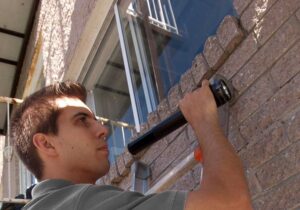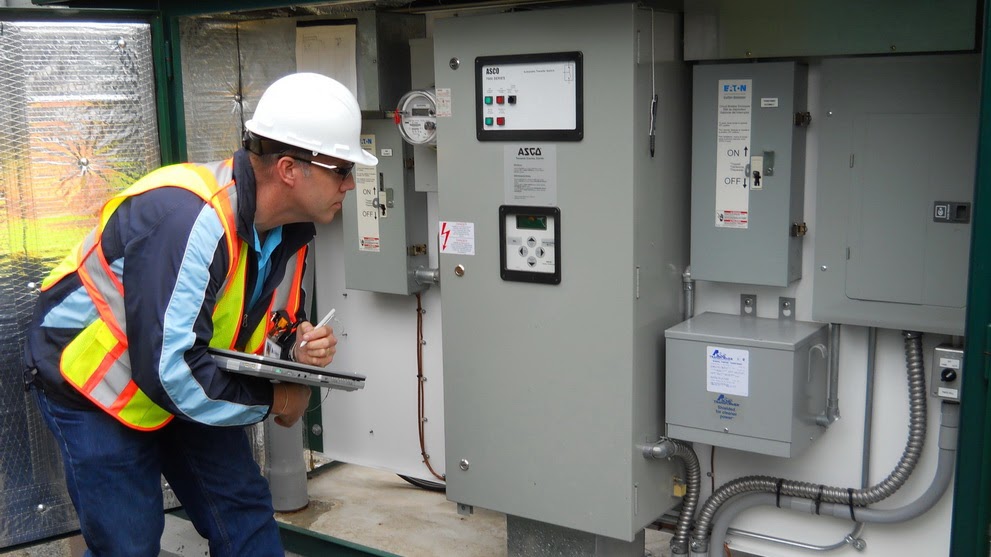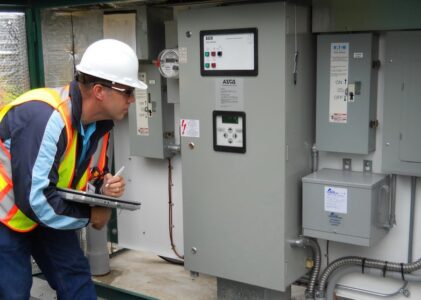It is important to have a professional inspect your home if you are unsure if it has termites. Termites can be a serious problem, particularly if your house is made of wood. Termites are often found under floors, in cabinets, and in basements. The bathroom and kitchen are also good places to look for them. Exterior basement window frames and fence posts are also prime targets. You can also inspect wood trim and furniture for damage.
Termites
In addition to inspecting your home for signs of termite activity, your inspector will also inspect the foundation for mud tubes and wood damage. Your yard and property will also be checked by your inspector. Besides repairing any leaks in your home, you should also fix leaky faucets and avoid allowing water to collect near the house’s foundation. To avoid these issues, make sure your downspouts are directed away from your house and grade soil around your home to prevent water from collecting on the foundation.
If a general Pre Purchase Building Inspections Melbourne does reveal signs of termite damage, be sure to negotiate with your seller. He may cancel your contract if the cost of termite damage exceeds 2 percent of the purchase price. If he does not cancel the contract, you will likely have pay for the repairs yourself. It is a good idea also to keep a reserve fund.
Water damage
When doing a general home inspection, it is important to pay close attention to signs of water damage. It could be caused by leaking pipes or a burstpipe. You should also look for warped or cracked floors and soft spots on the ceiling. These signs may indicate that a leak may have occurred, and repairing the damage could be costly.
Even if your inspector doesn’t spot water damage immediately, you should be aware of it and ask for an estimate. It is a good idea to get at most three to four estimates for water damage repairs. This will give you leverage when dealing with the homeowner, which can lead to a lower price. In addition, you should avoid buying a home with water damage.

Water damage can cause dry rot and major structural problems. It can also result in toxic mold. Your inspector will inspect for moisture stains, missing roofing, and water pools under the foundation. Your inspector will also check for mold spores in the air. Getting a mold test will help you avoid mold problems that are costly to fix and potentially dangerous to your health.
Framing issues
During a general home inspection, a home inspector will look for framing issues. Framing refers to structural work done before foundation is poured. It covers everything from drainage and elevation to footings and nails. These aspects will be evaluated to ensure safety. Framing problems can also be caused when alterations are made by contractors like plumbers or HVAC contractors.
A home inspector will see framing issues like uneven wall surfaces or bowing walls. This could be caused by failing to crown the wall-studs, which causes the structure bow. These problems are often cosmetic and do not indicate structural problems that need to be repaired. Framing problems may also indicate foundation cracks or foundation movement.
Historic homes are prone to framing problems. The framing may have rot, which can affect the frame and foundation. Other problems may arise due to moisture and pest damage. An inspection of historic homes will also uncover issues with additions and modifications.
Electrical outlets
It is important to inspect the electrical outlets when you are doing a general inspection of your home. A multimeter can be used to test the outlets. You can check if they are grounded and if they read 110 to 120 V. The sockets should light up when properly grounded. If they are not, contact an electrical contractor.
It is important to check the electrical outlets, especially if you are considering purchasing a home with an older design. Older homes should have 3-prong outlets, rather than two-prong outlets. Three-prong outlets have a ground wire between the two wires. This is essential because it acts as a safety ground in case of unexpected bursts of electricity. This task will cost licensed electricians between $50 and $450 depending on its complexity.
Checking electrical outlets is also important for safety reasons. If electrical outlets are not properly installed, they can catch fire. Tamper-resistant receptacles are also useful to prevent children from accidentally putting objects in the outlets. These are essential safety features, and they should be installed in all areas of a home.
Leaks under sinks
When inspecting a house, it is important to look for leaks under sinks. These small leaks can destroy cabinets and countertops over time. Signs of a leaking sink include water stains inside the cabinet and dampness under the sink. You should also look out for loose plastic laminate and deteriorating caulk around the sink.
Some leaks are easy to repair yourself, but you may need to call a plumber to make the repairs. Checking for leaks under sinks is an easy way to prevent future issues. Before calling a plumber, make sure that the sink’s base is secure. If it is loose or separates from the sink top or counter, it is a sign of a larger problem. Leakages can be fixed by removing the sink from the countertop and replacing the water supply line.
The most common plumbing issue is faulty or inadequate pipes. This is the primary cause of leaks and contaminated water in a home. You may be able to have the pipes repaired or replaced if these problems are caught early. It is a good idea for you to schedule a general inspection of your home before making any final decisions.
Properly grounded electrical outlets
To ensure safety in your home, it is essential that electrical outlets are properly grounded. Ungrounded outlets only have two wires, the neutral and hot. Properly grounding these outlets is essential to protect your home from electrical shock, fire, and damage to personal property. A professional home inspector can also recommend repairs to your electrical panels, receptacles, and breakers. Grounding outlets properly is simple and relatively inexpensive.
Older homes often have ungrounded electrical outlets. You can replace them with grounded ones by hiring a licensed electrician. However, rewiring a home can be expensive and time consuming. Older homes may have three-prong outlets that do not provide safety grounding.
An outlet tester is used to verify that an outlet is grounded. There are two types: the three-pronged tester or the two-pronged. It is a good indicator that the outlet is grounded if the tester shows this. Inspectors should take immediate action if the outlet is not properly grounded.
To ensure that electrical outlets are properly installed, a home inspector should inspect the home. Two probes should be used to check that electrical outlets are properly grounded. They should read 110 or 120 volts. They should also light up when they are properly grounded.
Mold
It is important to have a thorough inspection of your home if you suspect that there may be mold in it. The cost of a mold inspection will depend on the size of your house. It may also require the inspector to remove parts of your property, such as paneling and drywall. Make sure you understand the process before you hire a mold inspector.
Although mold is unlikely to cause structural damage it can cause a variety of health problems. Mold spores can cause difficulty breathing, coughs, and skin rashes. Eventually, prolonged exposure can be deadly. Your family’s health and your home’s safety are at risk. Hiring a professional mold inspector is an excellent way to ensure the safety of your family.
A mold inspector will inspect your home thoroughly and attempt to find the source of the problem. If they detect visible mold, they may take a sample of it for testing. They will also check for hidden mold and water leaks. Once they have identified the source of the problem they will work with the client to create a plan for remediation.

